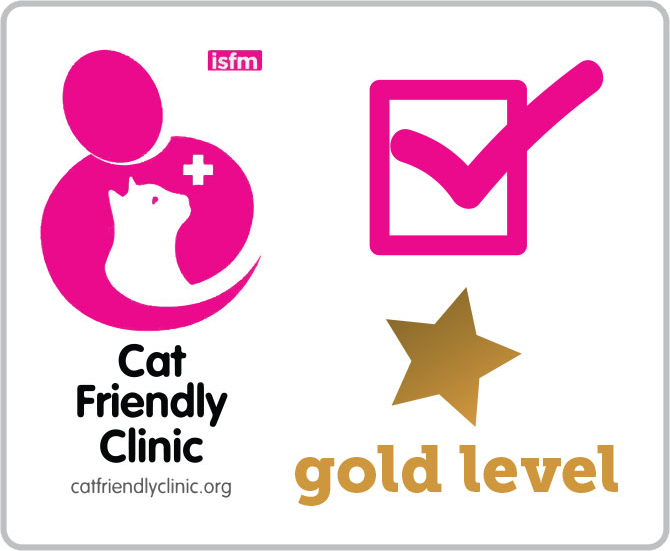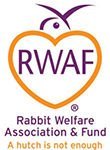Fun in the Sun – Avoiding Summer Hazards!
We’re finally having a spell of good weather and hoping for it to continue into the Autumn. Uundoubtedly you’re keen to get out there and make the most of it. Have a read below before you go and hopefully we can keep your furry friends out of trouble so nothing spoils the fun!
Heatstroke
The biggest hazard to all our pets in hot weather is overheating, we’re lucky in that we can change our clothes to suit the ever-changing Great British seasons but our pets are stuck with what they’ve got. The signs of heatstroke are pretty similar across the main pet species (dogs, cats and rabbits). See the diagram below for what to look out for:
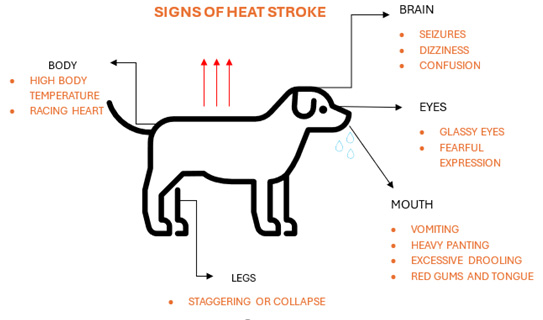
In rabbits, you may also see reddening of the ears, and in cats or dogs there may be diarrhoea.
Different pets have different susceptibilities to heatstroke, so it’s important to be aware of any factors that may make your furry family member more at risk:
- Short-nosed/flat-faced breeds are less able to cool themselves effectively by panting
- Heavy coated breeds will retain more heat if allowed to sit in the sun
- Overweight pets will also struggle to lose heat quickly
- Young or older pets or those with underlying conditions may also struggle to regulate their own temperature as well as others.
According to a recent study, over a quarter of dogs taken to the vets with heatstroke in the UK did not survive. More than half of the dogs with heatstroke were flat-faced breeds.
How can I reduce the risk?
- Avoid the heat as much as possible! Once temperatures reach 20 degrees Celsius the risk of heat stroke increases (for flat-faced breeds this temperature is 16 degrees). Time your walks to be early in the morning or very late in the evening, keep pets in out of the sun, position hutches or runs in a shady area and be aware of how the position of sun changes in case they need to be moved part way through the day.
- Plenty of cool, fresh water within easy reach – adding ice cubes to water drinkers and bowls, consider water fountains to encourage fussy drinkers to take on enough fluid. You can also try adding additional water to meals, including wet food in their diets, or even cool treats from the fridge or freezer (my cat loves chilled cat yoghurt treats!). Be careful if adding new foods or treats into their diets that this is done gradually or this can lead to digestive upsets.
- Take it easy – even at cooler times of day, don’t encourage your pet to exercise too vigorously. High intensity exercise will raise their core body temperatures and is the leading cause of heat stroke.
- Ventilation is key – use fans and through-drafts to keep the air in houses and hutches cooler. However be sure that the noise or presence of any fan doesn’t startle the pet, as stress will not help them to keep cool.
- Keep travelling to a minimum, especially for those who are stressed by car travel, and never leave a pet in a hot car.
If you suspect your pet has heat stroke, move them into a cooler area and get them wet with cool water. Do not use wet towels as these heat up quickly on a hot pet and stop the heat from moving away. Immersing them in a cool bath is best but needs to be done safely without risk to the pet (of drowning) or you – even when suffering heatstroke, a distressed animal can cause injury to its owner. As soon as you can, call your vets, let them know what has happened and make your way there – “get them wet and get them to the vet”.
Barbeques
The best part of summer in my opinion, a warm evening with friends and family and delicious food, but crafty dogs (and cats!) might bite off more than they can chew. Hot food can cause mouth burns and particularly keen pets might even hop on the hot coals to pinch things, so it’s best to keep dogs and cats shut away/on leads whilst cooking is going on. Be mindful of the direction of smoke and move any caged pets out of its path.
Aside from the heat, the seasoning on a lot of pre-made barbeque meats can be noxious, onion and garlic seasonings for example, and can cause diarrhoea or even worse symptoms such as anaemia (low blood level) in cats. The high fat content of burgers and sausages could trigger pancreatitis which often requires lengthy hospital stays to resolve and causes severe abdominal pain. On the whole, we don’t recommend feeding human food to dogs and cats, so it might be worth a quick word with guests inclined to give in to their ‘starving pet’ impressions, to make sure everyone is on the same page!
Grass seeds
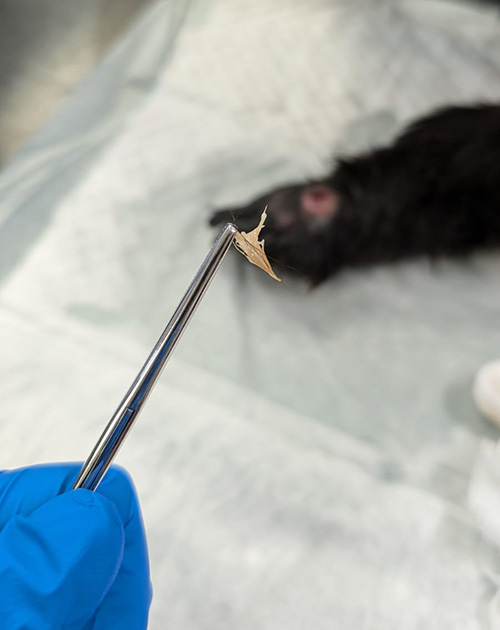 A painful problem which is hard to avoid, grass seeds are small, sharp parts of the plant which often get in places where they shouldn’t. Common locations are ears and paws, but we do sometimes see them in eyes, noses or even inhaled into lungs. If affected the pet will usually chew or rub at the area, sneeze or shake their head constantly in the case of a nose or ear problem.
A painful problem which is hard to avoid, grass seeds are small, sharp parts of the plant which often get in places where they shouldn’t. Common locations are ears and paws, but we do sometimes see them in eyes, noses or even inhaled into lungs. If affected the pet will usually chew or rub at the area, sneeze or shake their head constantly in the case of a nose or ear problem.
It’s a good idea to check all pets’ paws after being outside but especially if you get back from a walk through long grass and notice your pet behaving irritably. Never pull a grass seed from an eye or put any tools, i.e. tweezers, in your pet’s ears or nose – leave that to the vet.
Grooming to keep the fur short between the toes if your pet has fluffy feet can help stop the seeds catching a hold and causing injury, the same applies to fur around the ears. There are some ear protecting coverings on the market, but it will depend on if your dog will wear them!
Stay out of the fields until the grass seeds have gone – it’s a shame but it’s probably the only fail safe way of avoiding contact, try shady woods or parks instead.
Bee, wasp and other insect stings or bites
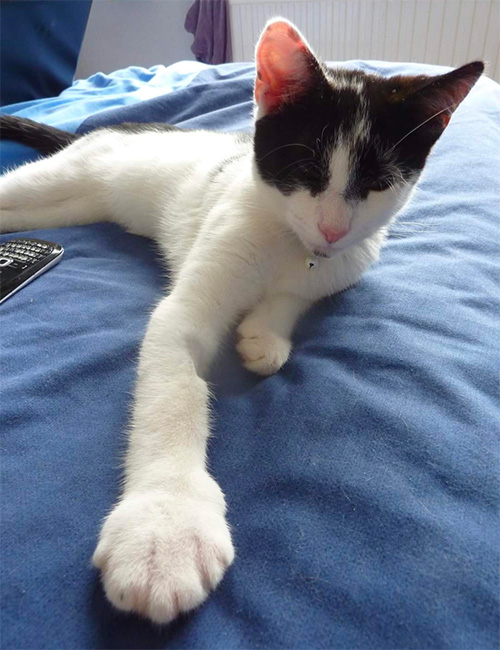 A swollen paw on a curious cat or a puffy face on a playful puppy, stings are commonplace through the summer months in the veterinary practice. Usually these stings are not serious and just cause a short term discomfort to our pets, from which they learn (hopefully!) not to do it again. It is always worth checking if the sting has been left behind in their skin, so that it can be removed before the pet pushes it further in by rubbing, but if they are otherwise well, they will usually get over the event on their own. However if your pet is in significant pain, is not behaving normally, their gums look pale, or if the swelling is around the throat or mouth, it is best to bring them in to be checked over by a vet. We do occasionally see collapse and anaphylactic (shock) reactions to stings, and these must be treated as an emergency.
A swollen paw on a curious cat or a puffy face on a playful puppy, stings are commonplace through the summer months in the veterinary practice. Usually these stings are not serious and just cause a short term discomfort to our pets, from which they learn (hopefully!) not to do it again. It is always worth checking if the sting has been left behind in their skin, so that it can be removed before the pet pushes it further in by rubbing, but if they are otherwise well, they will usually get over the event on their own. However if your pet is in significant pain, is not behaving normally, their gums look pale, or if the swelling is around the throat or mouth, it is best to bring them in to be checked over by a vet. We do occasionally see collapse and anaphylactic (shock) reactions to stings, and these must be treated as an emergency.
Also fitting into this category is ticks – tiny insects that feed on blood from your pet, and can carry diseases such as Lyme disease. They are most common from spring to early autumn and attach onto your pet when they brush through undergrowth. Checking their coats after every walk may help you spot them, they tend to be found around the head, ears and neck but can be anywhere on their bodies. In long or thick-coated pets, often they are not identified until they have fed and their abdomens are distended, by which time, they may have already spread disease. For this reason, we recommend that cats and dogs have up to date tick prevention treatments if they go outside during the summer. Tick prevention can be in the form of tablets or spot ons, or wearable collars. Give our reception team a call and they will be able to advise if the treatment your pet already has, offers them protection against ticks, or if it doesn’t, they can arrange for something to be prescribed for you.
Swimming
Finally, a brief note on swimming, many dogs enjoy a cool off in a river or stream and it can be great exercise for them, but be aware of the strength of currents, or tides if visiting the beach. Keep your dog out of the water if you think the conditions may be too rough for their swimming ability or size. Make sure that they have good recall training in case they start to swim towards more dangerous water, or if they may bother wild birds. Never put yourself in danger to rescue a dog from water. Drinking water from lakes/ponds and the sea can also be hazardous, salt water ingestion can cause vomiting, diarrhoea and dehydration, and blue-green algae poisoning can be rapidly life threatening. Blue-green algae resembles pond scum and is most common in the summer in still bodies of water. The sooner your dog gets to the vets after drinking contaminated water the better. The symptoms are similar to heat stroke (vomiting and drooling, diarrhoea which is sometimes bloody, lethargy and confusion, difficulty breathing, seizures) but the treatment required is different, so once at the vets, highlight to them that they may have been exposed to algae.
Hopefully you now feel a bit better prepared for a summer of fun with your pets, if you have any more questions after reading, please give us a call and our friendly team of receptionists will be happy to help.
-
Previous
-
Next




